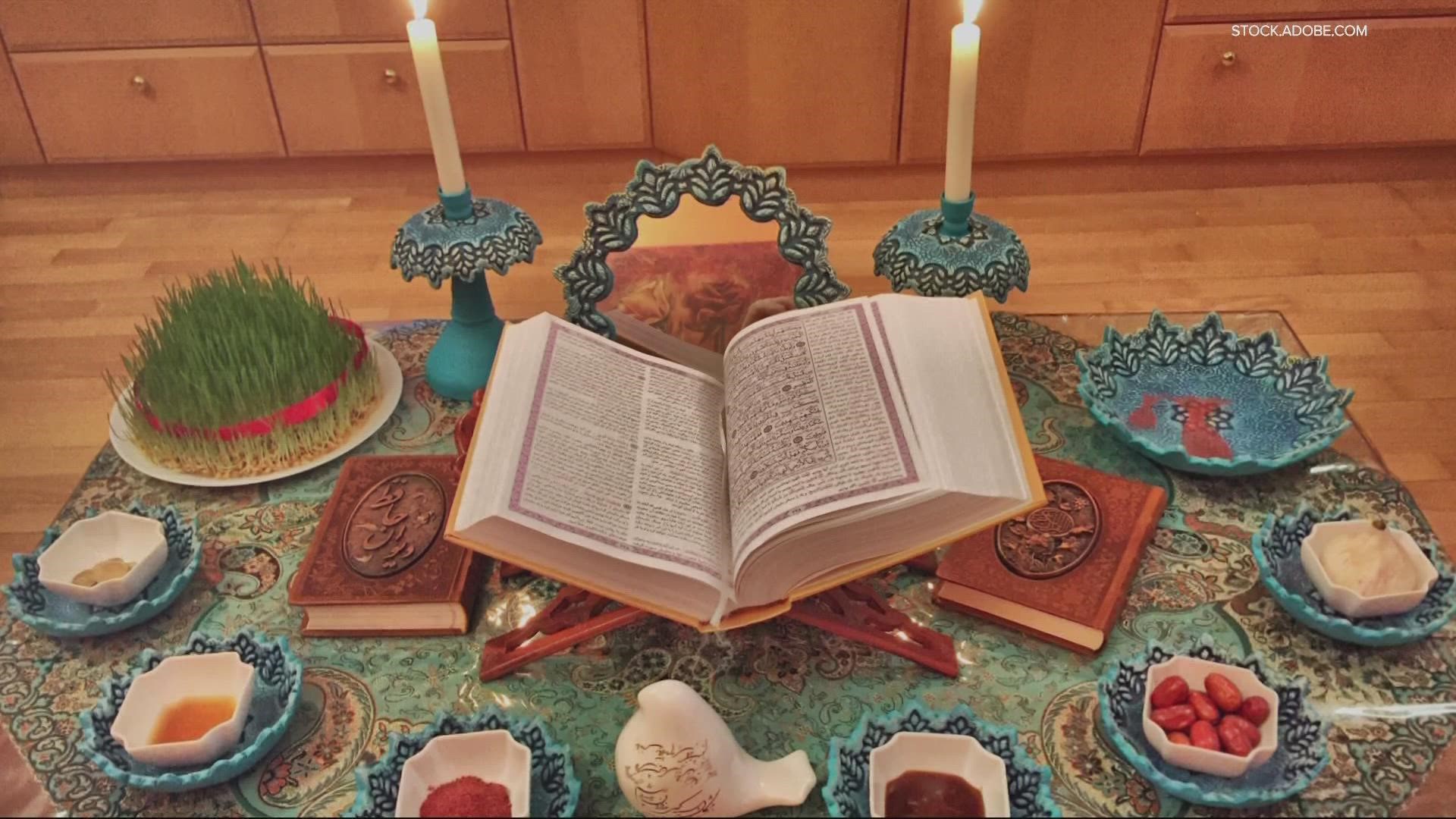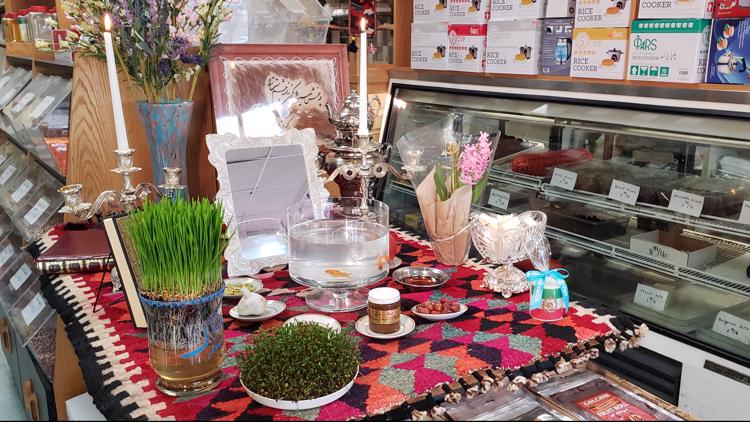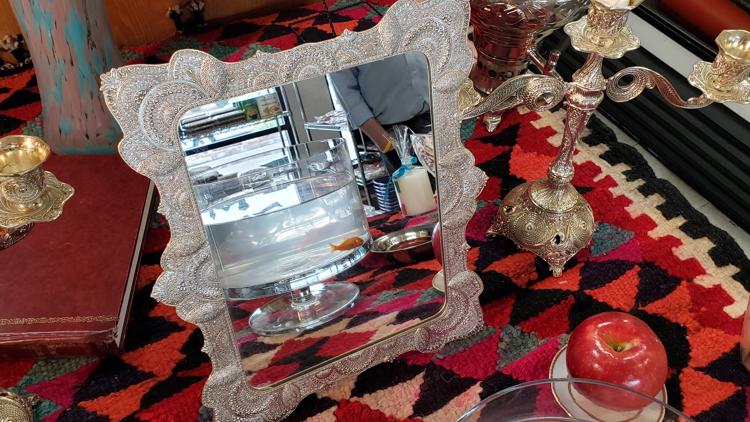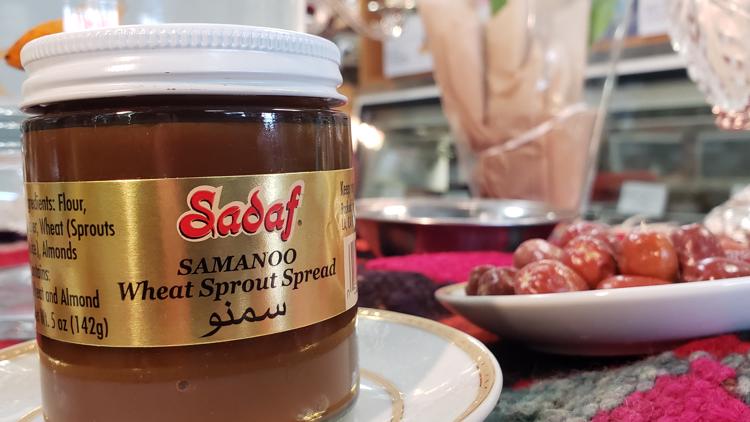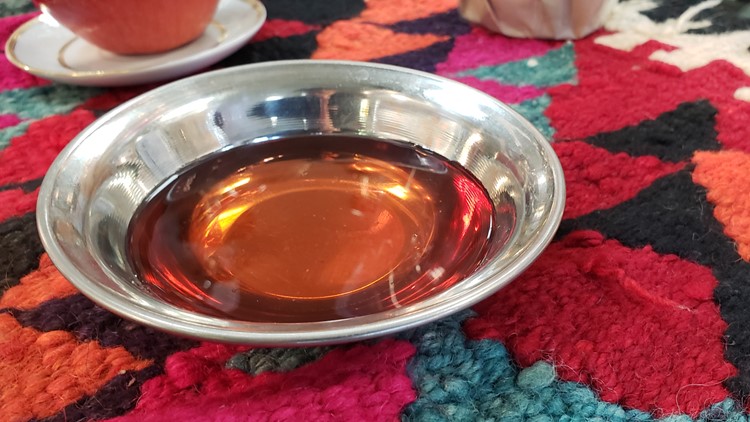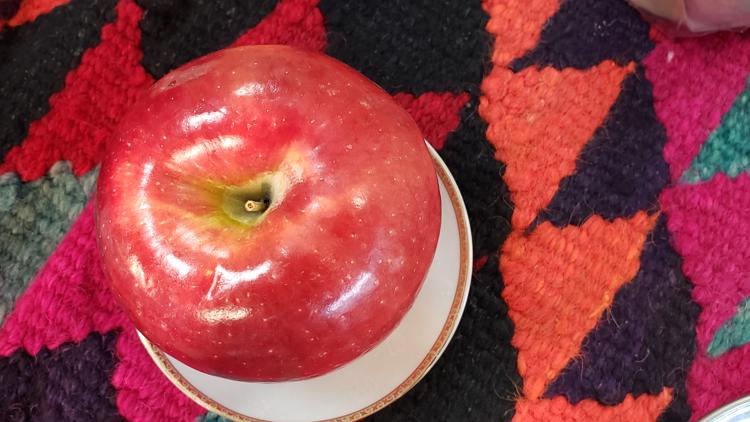BEAVERTON, Ore. — Who doesn’t love to have a reason to celebrate and have fun with the people we love? This weekend, people all around the world will get a chance to do just that for the Persian new year, also known as Nowruz.
The holiday happens every year on the first day of spring. This year it’ll fall on Sunday, March 20 at 8:33 a.m. People will keep celebrating for 13 days after that.
Sadri Manuchehri said the translation of Nowruz means “new day.” He is originally from Iran but has been in the United States for more than 40 years. Manuchehri co-owns Rose International Market in Beaverton. He said each year, Persians all over the world do a big countdown to the new year.
“For us, it is the biggest, yes, the biggest celebration. This is a big deal,” said Manuchehri.
“It's the new year and this [is] spring, a new beginning basically.”
Families get together, eat food, reflect on the previous year and look forward to the upcoming year. Younger people visit older family members who read a passage or poem from a book of wisdom of their choosing that gives insight into the new year. Younger family members also often have a surprise to look forward to when visiting elders.
“When I was a kid my favorite part was going to visit and not knowing how much money I'm going to get as a gift,” Manuchehri recalled.
Each family or person might celebrate in their own way, but it traditionally includes setting up a table called a Haft Seen (also known as Haft-Sin or Haft-Seen). It usually has seven specific items, all of which start with the letter “s.” The significance of the number seven has roots in the Zoroastrian celebration of the new year. Some families place a mirror on the table symbolizing self-reflection, eggs for fertility, coins symbolizing prosperity, or goldfish swimming in water representing the movements of life. While each table may vary, Manuchehri said there are seven items that always remain the same.
PHOTOS: Traditional table setup for Persian New Year
“Mainstays are Sabzeh, which is wheat grass grown in a dish and it symbolizes rebirth and new life,” said Manuchehri as he gave KGW a tour of the table.
Also on the table was Samanu, a sweet pudding made with wheat germ that represents fertility and new life. Sanjed is a sweet, dry fruit that comes from the lotus tree which symbolizes love and affection. Serkeh, an Iranian vinegar, is also included on the table, representing wisdom that comes with age.
“There is Seeb or apple. Seeb represents health and beauty. There is seer or garlic, as a symbol of health and immunity,” Manuchehri said.
Last but not least, there’s Sumac, an Iranian herb symbolizing the spice of life. It’s these kinds of celebrations, whether from the Persian culture or another, that contributes in a big way to the spice of life Manuchehri and so many others value.
“That's the beauty of the world we live in. That you don't have to look far to find reason for happiness and celebration,” said Manuchehri.
“This coming Sunday at 8:33 a.m., as member of the Iranian community, I wish the world happy new year.”

